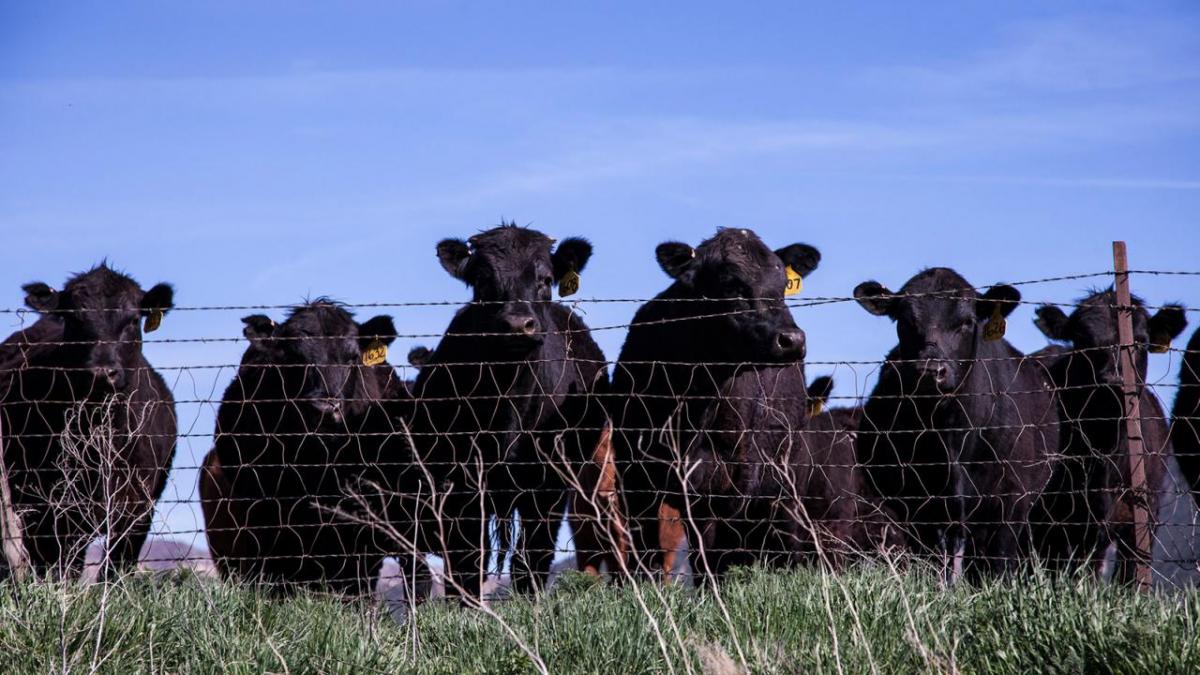This article was first published in the Nebraska Cattleman magazine.
Each month the USDA releases The Cattle on Feed report. This report surveys feedlots with 1000 + capacity (~85% of all fed cattle) and provides an estimate of the number of cattle being fed for slaughter. The report includes data on inventory, placements, marketings and other disappearance. For states with large amounts of fed cattle (CO, KS, NE, TX), the report breaks down the number of feeder cattle placed on feed by weight class. Observing the number of cattle placed in each weight class provides one key market signal – what will fed cattle slaughter, and hence retail meat supply, look like in 3 to 6 months.
Observing placements for a given feeder cattle weight class each year, or even year-over-year, helps market participants gauge short-term market dynamics. This approach tends to blur fundamental long-term trends. Observing long-term trends across geographically disperse areas paints a more vivid picture of changing market fundamentals. This article has three aims. First, show how state level cattle placements have changed across time, placement season, and weight class. Second, show how placements have changed within Nebraska. Third, compare and contract cattle placement decisions between Nebraska (i.e. Northern Plains) and Texas (i.e. Southern Plains) feedlots. The data used is monthly cattle placements by weight class from USDA’s Cattle on Feed report from January 1996 to August 2019.
Nebraska is the only major cattle feeding state where total feedlot placements have increased over time
Monthly cattle placements have trended downward in Colorado, Kansas, and Texas since 1996 (see Figure 1). For example, Colorado decreased from 240,000 hd./month in 2000 to 180,000 hd./month in 2019. Kansas decreased from 500,000 head per month in 2005 to 450,000 hd./month in 2019. Texas decreased from 550,000 hd./month in 2000 to 425,000 hd./month in 2019. However, Nebraska increased from 350,000 hd./month in 1996 to 450,000 hd./month in 2019.
Seasonality (variation in placements across months within a given year) is another key component to observe. Higher seasonality signals greater differences, on average, in placements between months. Kansas, Nebraska, and Texas have all smoothed total cattle placements across months over time. For example, Kansas reduced seasonal variation from 40% to 20% between 1996 and 2019. In other words, cattle placements in Kansas across months are now more consistent than in the past. Nebraska and Texas have decreased the seasonal variation but to a lesser extent. Seasonal variation in Colorado has remained constant.
Nebraska feedlot placements have steadily shifted towards 800 plus lb. feeder cattle
Feeder cattle weighing 800 lbs. plus have steadily increased while cattle weighing less than 800 lbs. have all decreased. For example, placements of feeder cattle weighing between 600 – 699 lbs. decreased from 100,000 hd./month in 2000 to 75,000 hd./month in 2019. Similar broad decreasing trends are observed in feeder cattle less than 600 lbs. and 700-799 lbs. Feeder cattle weighing more than 800 lbs. increased from 125,000 hd./month in 2000 to 250,000 hd./month in 2019.
There was decreasing seasonality from 1996 to 2010 and increasing seasonality from 2011 to 2019 across all cattle placement weights. For example, variation was 50% in 2010 and increased to 80% in 2019 for feeder cattle weighing 700-799 lbs. This variation partially occurs as feedlots aim to match packer demand with feeder cattle supply. Between 2010 and 2019, the cattle market moved into a different segment of the cattle cycle as cow-calf operations sold off large amounts of their breeding herd during the drought which have since been rebuilt.
The seasonality across years reveals underlying long-term trends. The months feeder cattle are placed likewise reveal how feedlots are managing the inflow of feeder cattle. Figure 2 displays the number of 800 lb. plus feeder cattle placed in each month from 1996 to 2019. The black line within each month is monthly cattle placements. The blue line is the average across all years within a given month. As can be seen in Figure 2, significant growth as occurred in all placement months. However, the largest growth has occurred in April and September.
The gap between feeder cattle placed in Nebraska and Texas has narrowed across all placement weights
While the cattle market is often described as a singular market, there are distinct differences in both cattle, type, quality, and strategies employed for feedlots in the Northern Plains compared to the Southern Plains. Comparing weight placement decisions across time between Nebraska and Texas clearly displays these differences. Of all the cattle placed in the US, Texas places nearly 20% more feeder cattle weighing less than 600 lbs., 10% more 600-699 lbs. feeder cattle, the 4% less 700-799 lb. feeder cattle, and 17% less 800 plus lb. feeder cattle compared to Nebraska.
This dynamic has changed dramatically over time for each feeder cattle placement weight. For example, the difference between the share of calves weighing less than 600 lbs. in Texas and Nebraska decreased from 23% in 1996 to 13% in 2007 but increased back to 23% in 2019. For feeder cattle weighing 600-699 lbs. this difference has decreased from 17% to 7%. In other words, Texas still places more 600-699 lb. cattle but that difference has narrowed.
Summary
In summary, changes in the feedlot sector have occurred gradually since 1996. Nebraska as a state has moved away from feeding middle weight feeder cattle (600-800 lbs.) and more towards heavier cattle (800 lbs. plus). This has most likely come with a significant benefit of fewer health problems for cattle as they arrive and adjust to feedlot conditions. Likewise, Nebraska has significantly closed the gap with Texas on the number and type of cattle feeder cattle placed.
Figure 1. Feeder Cattle Placed in U.S., 1996-2019.

Figure 2. Nebraska Feedlot Placements, 1996-2019.

Elliott Dennis
Assistant Professor of Livestock Marketing and Risk Management
Department of Agricultural Economics
elliott.dennis@unl.edu
